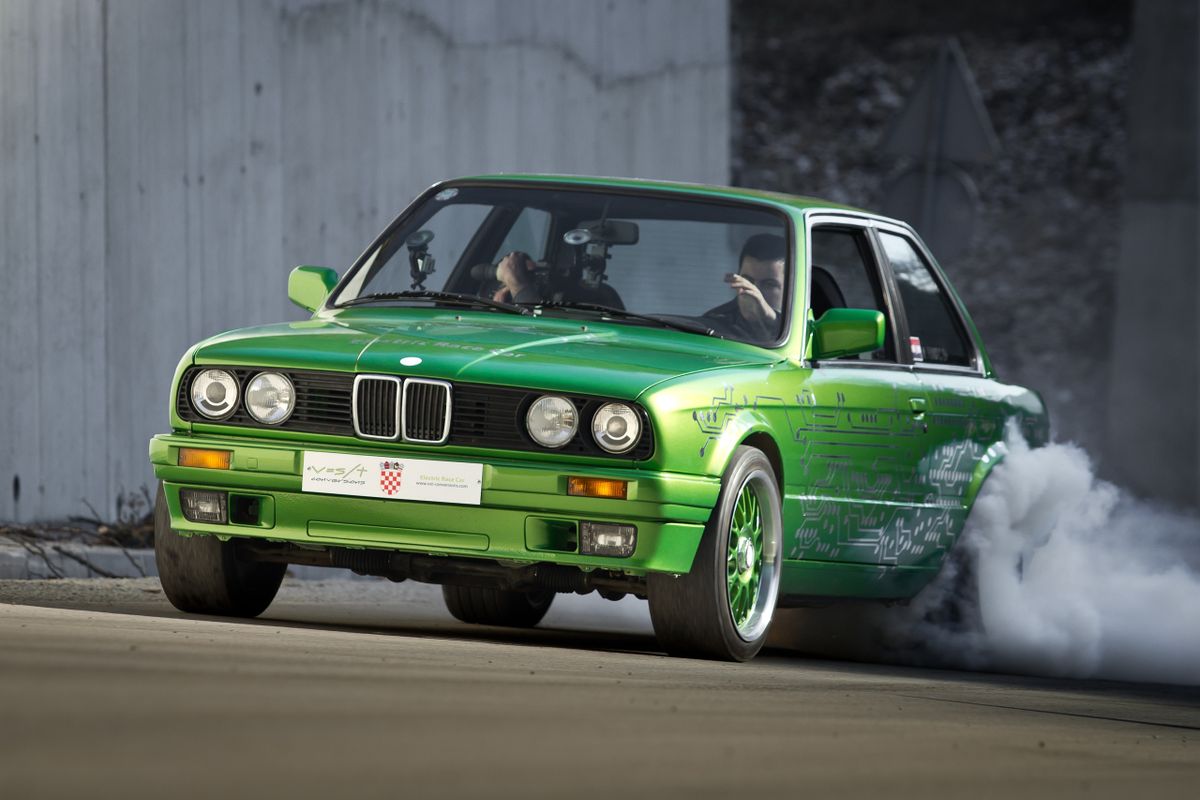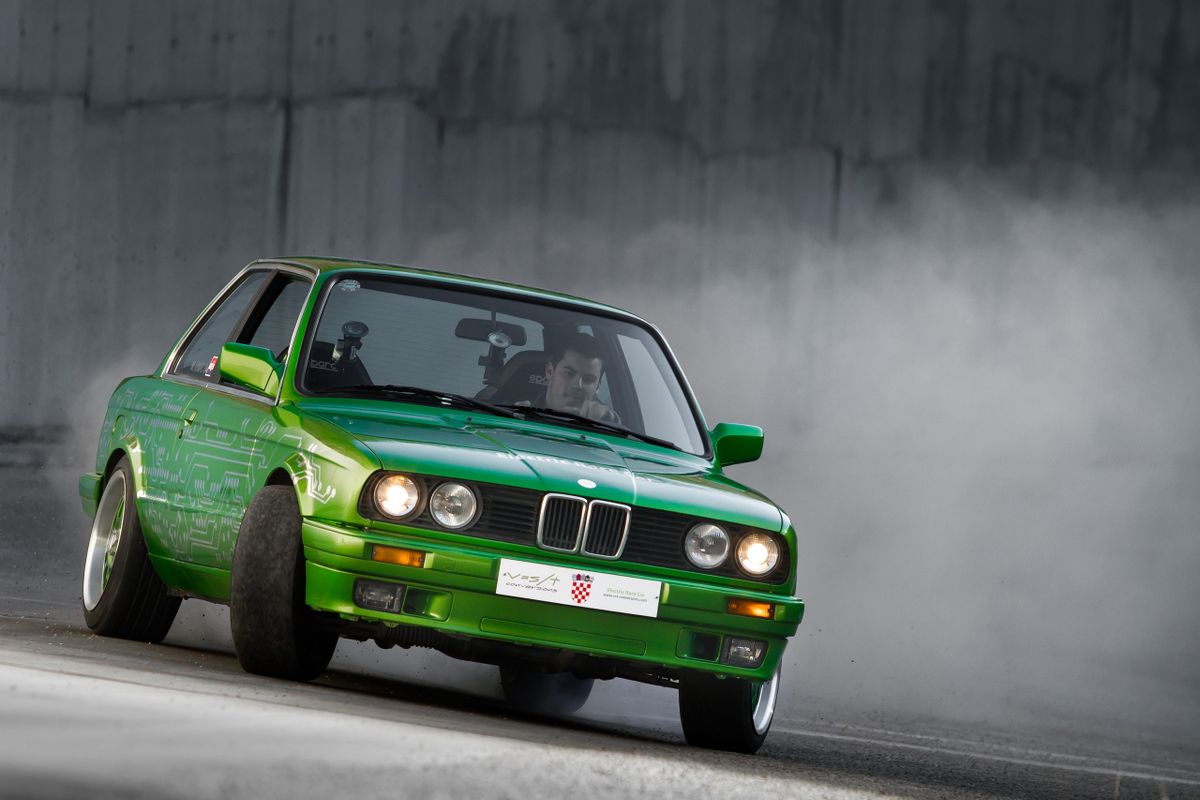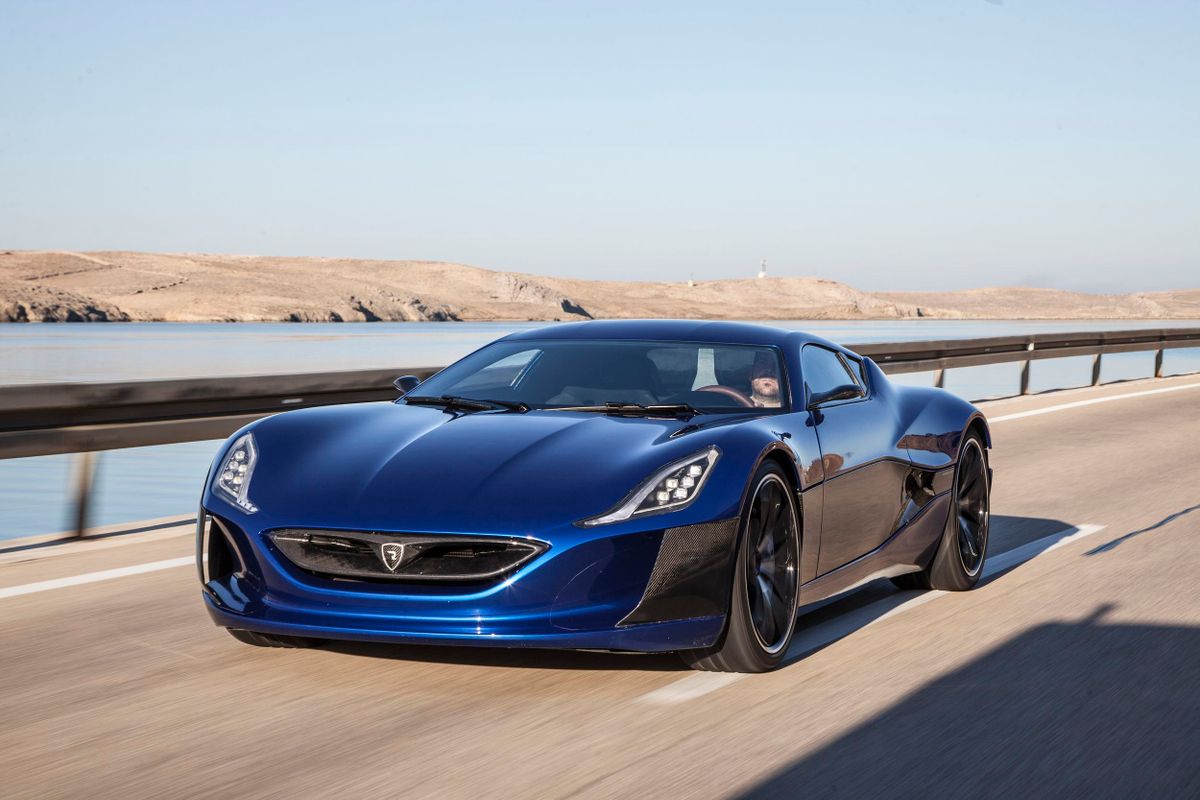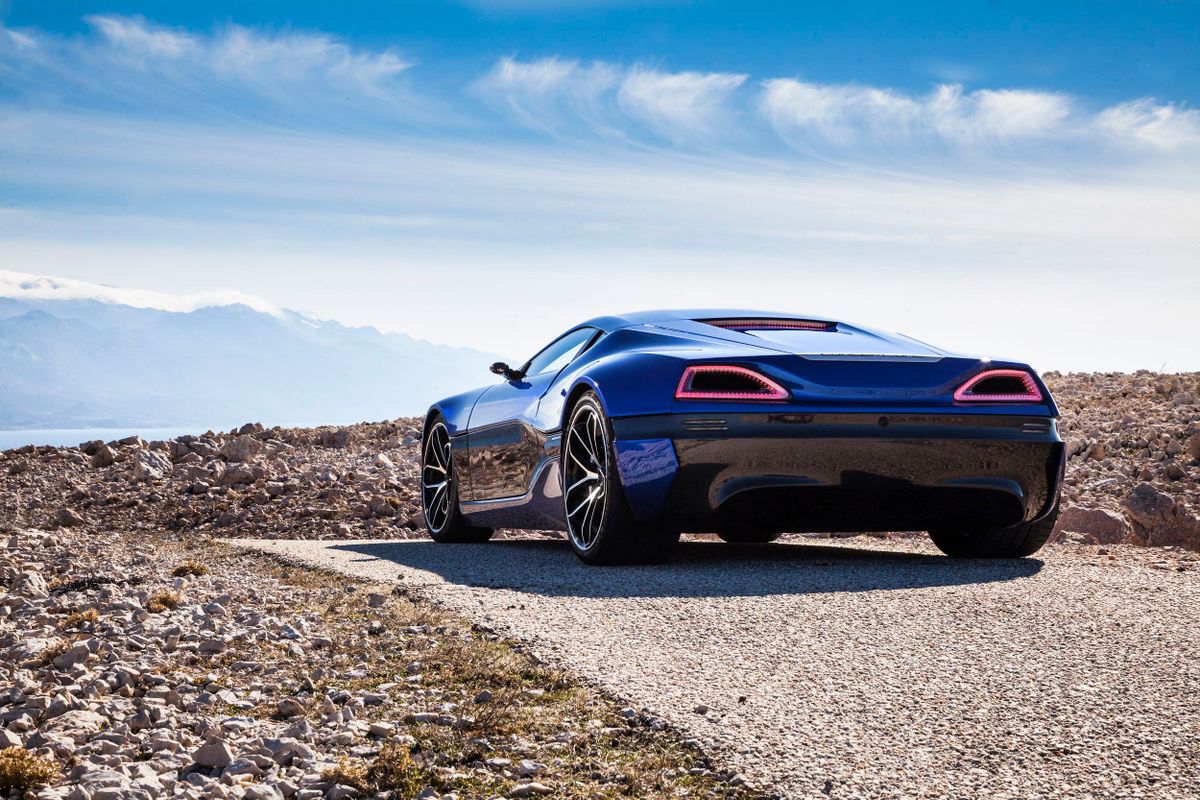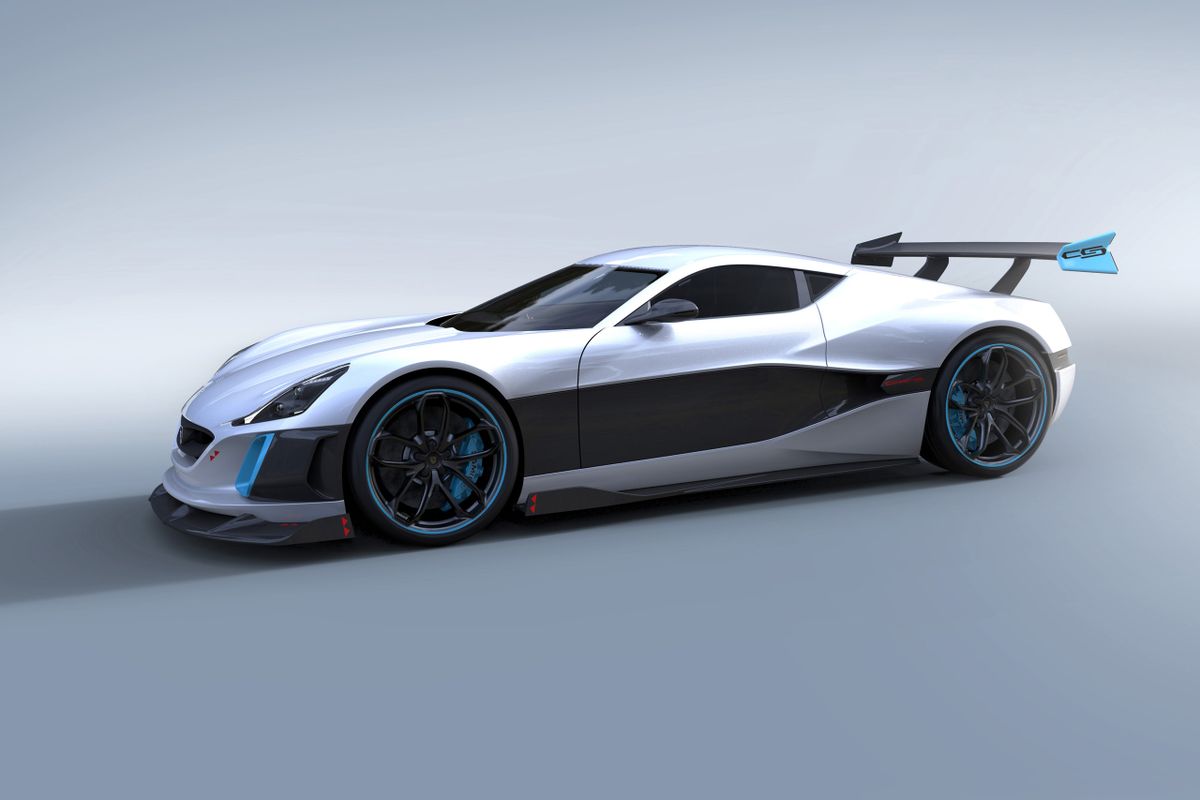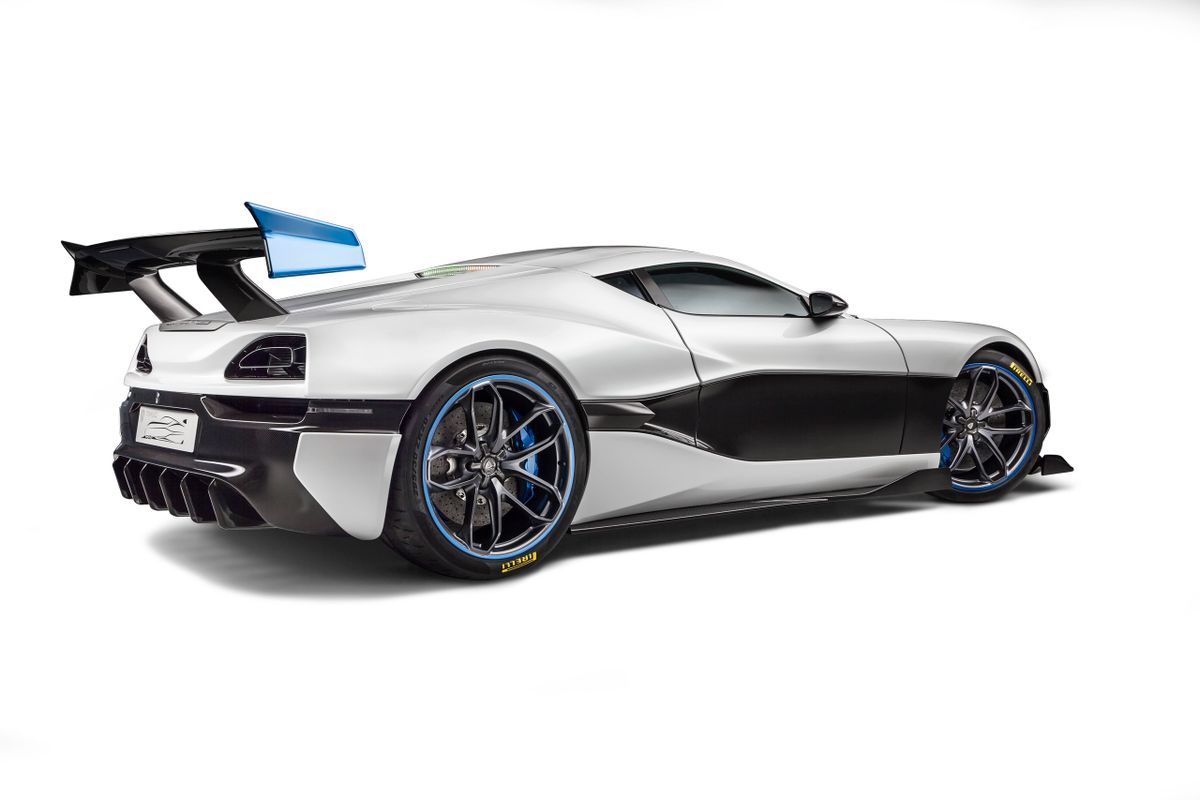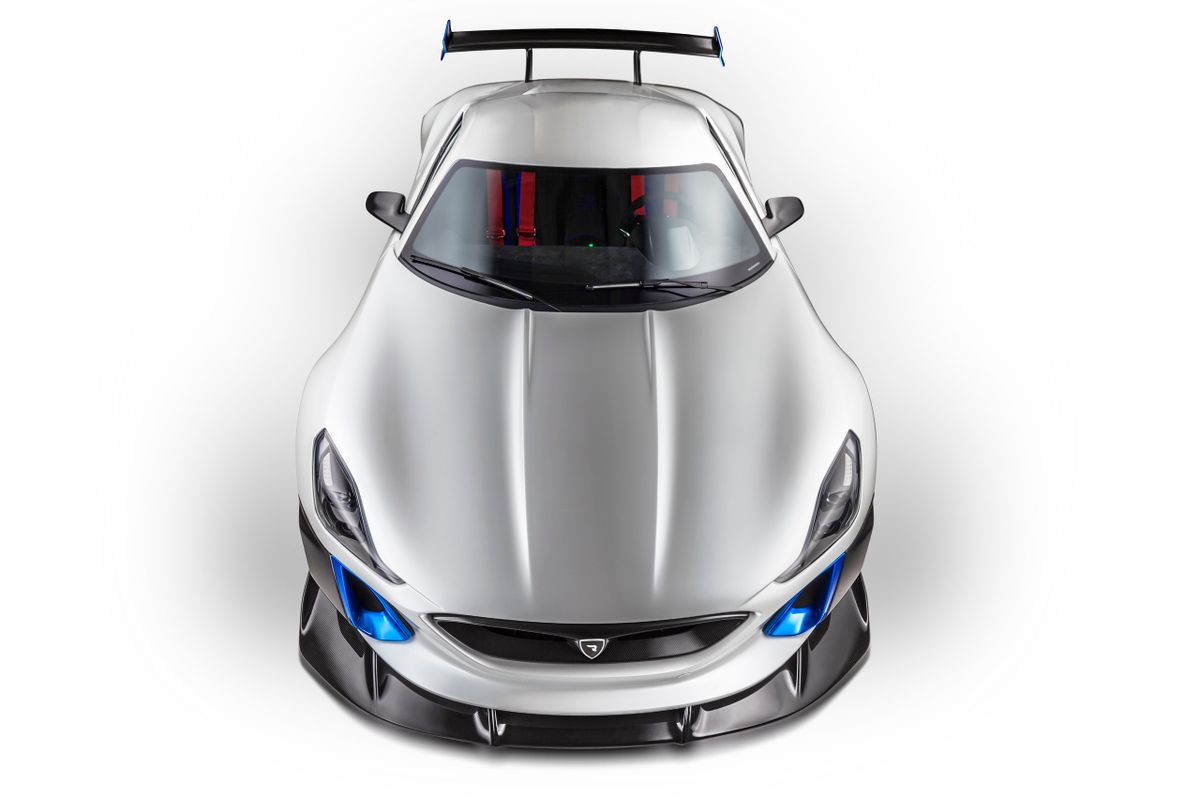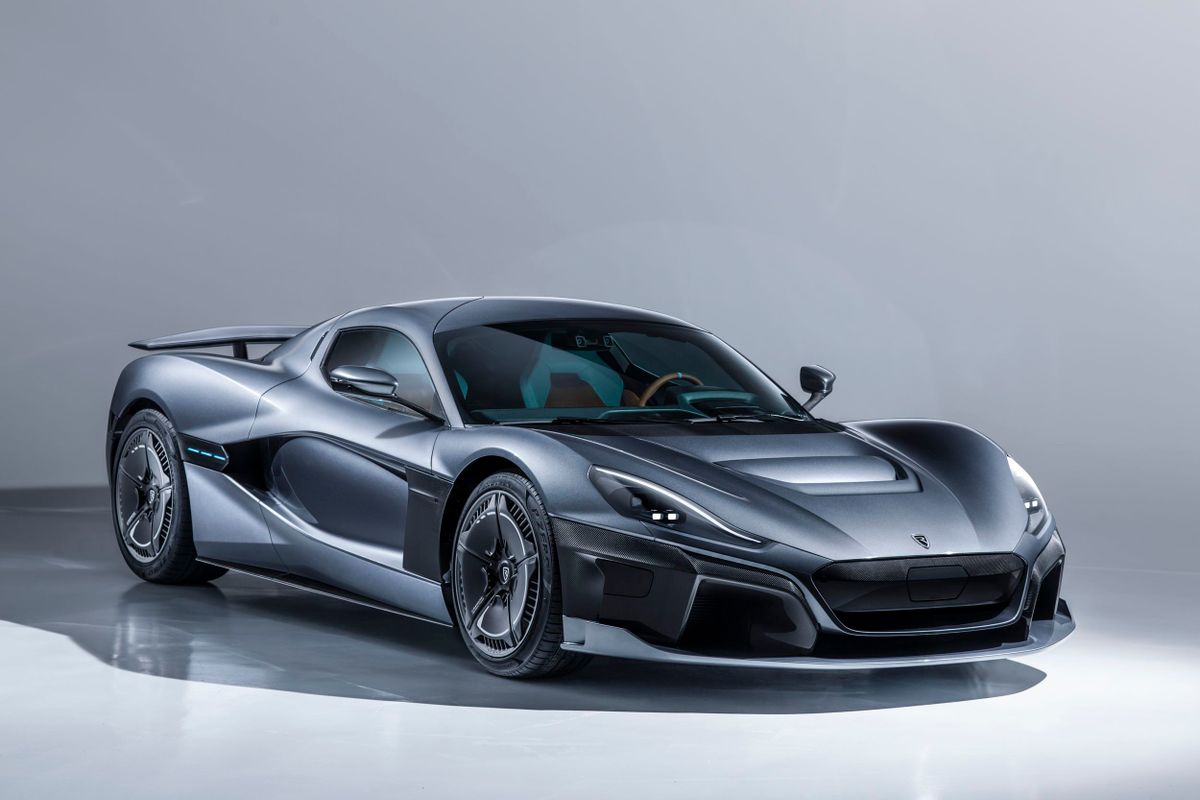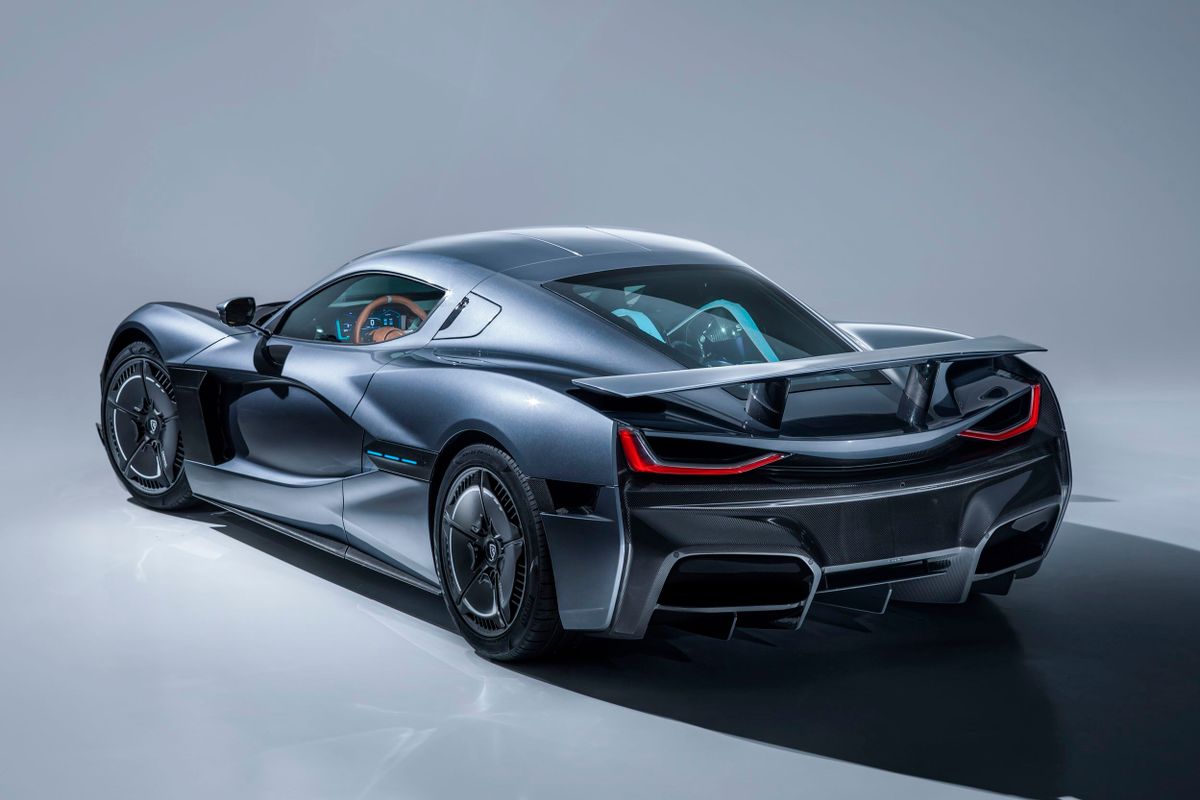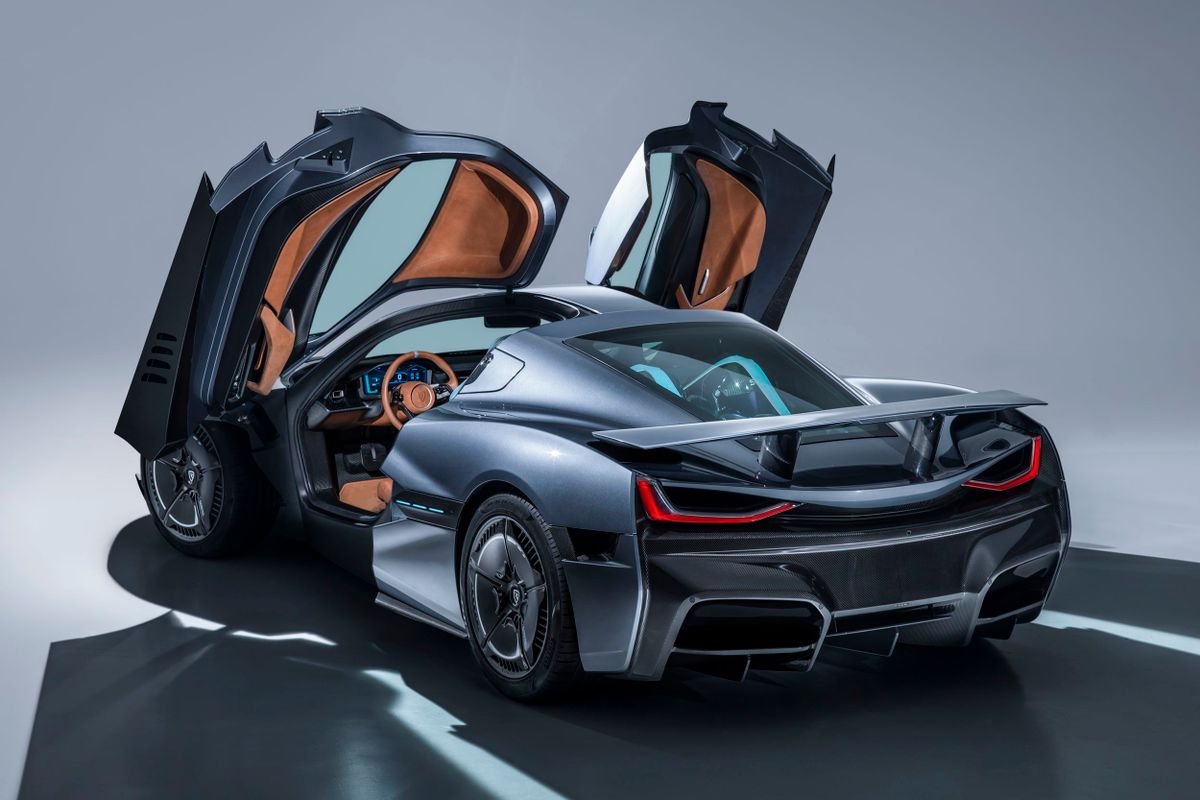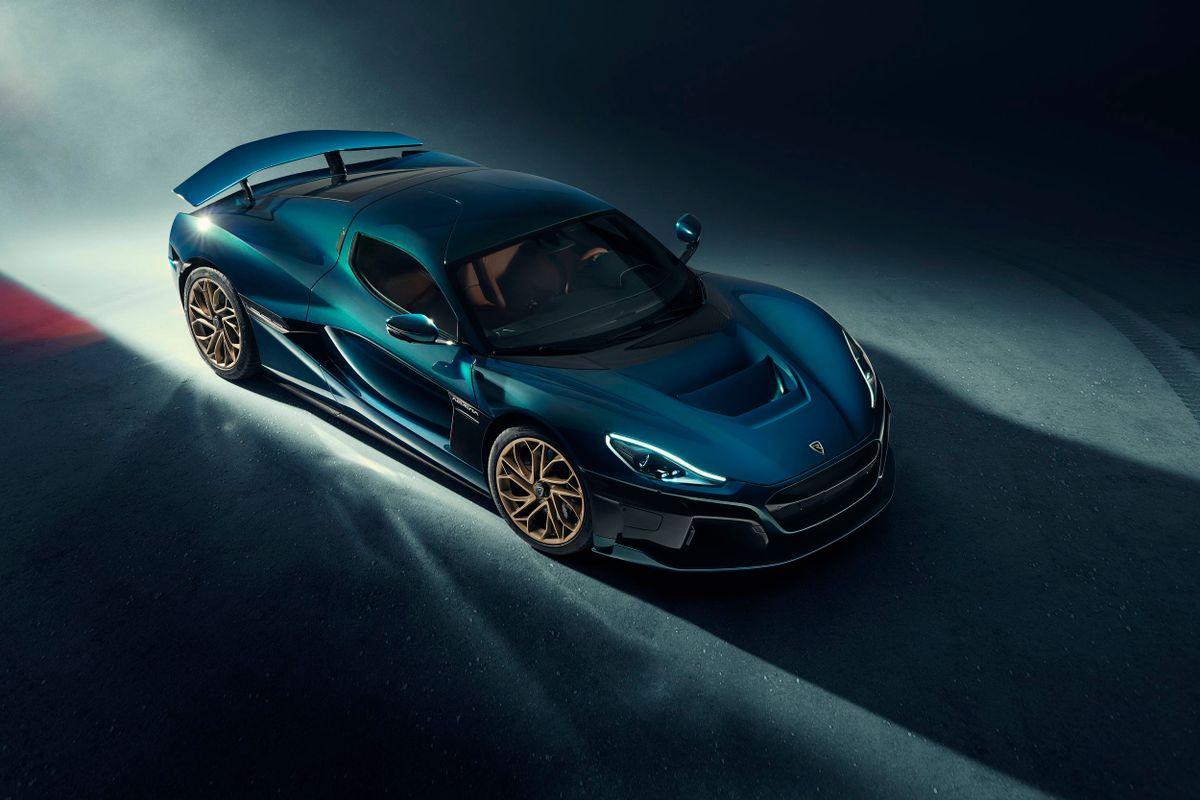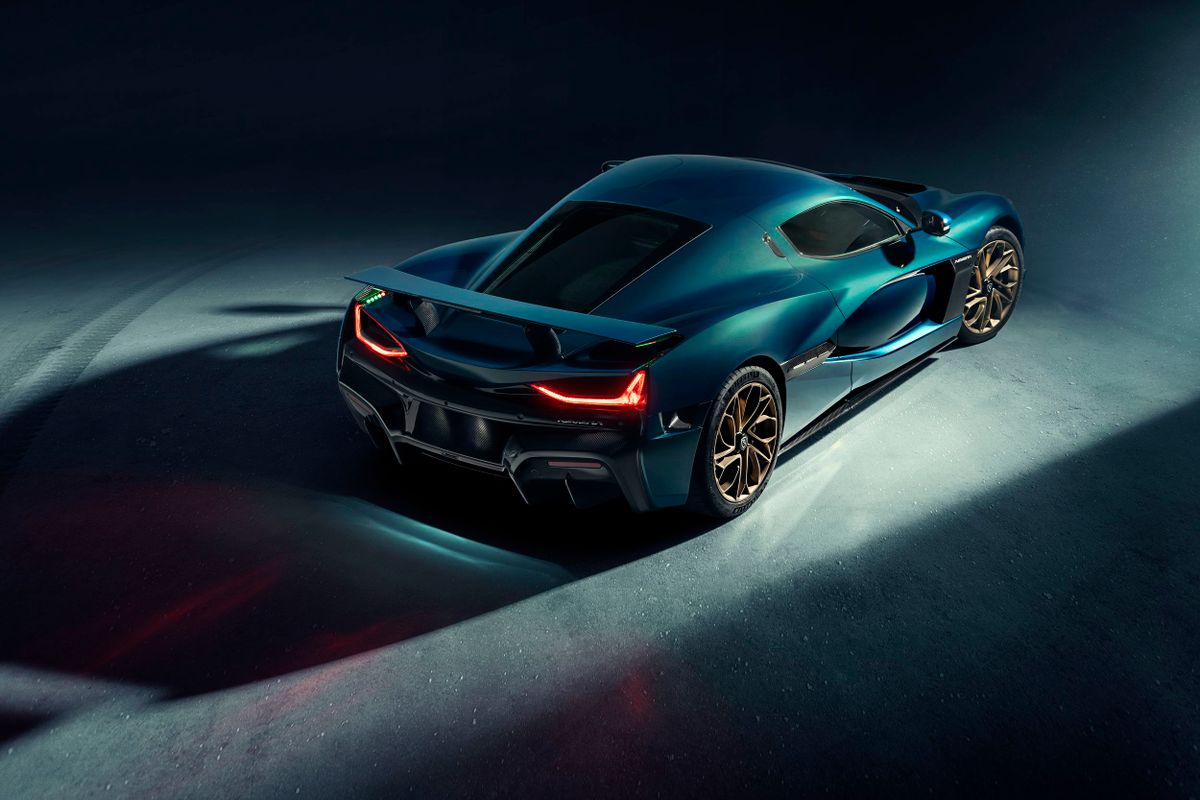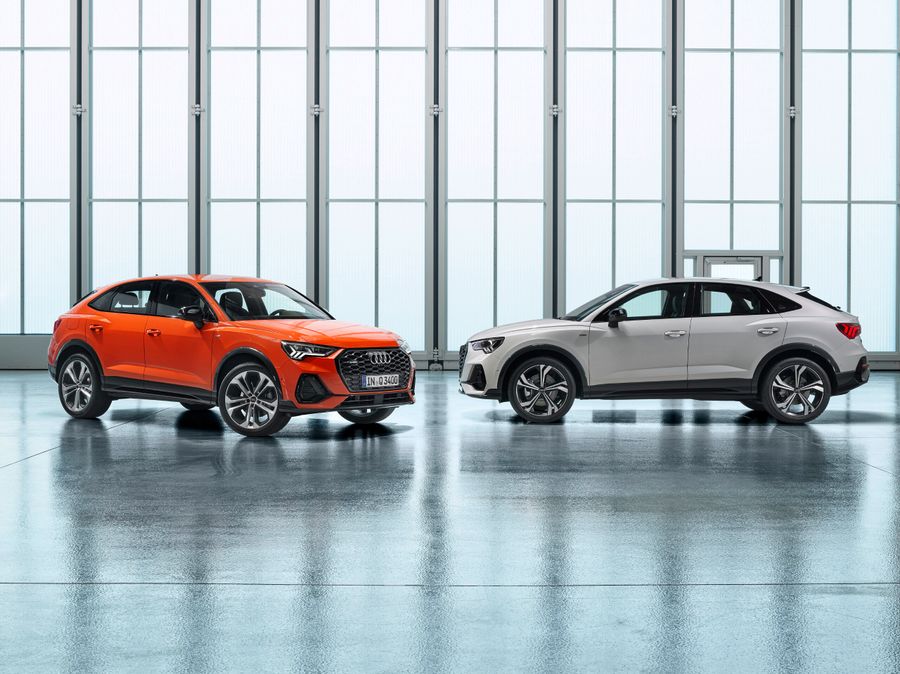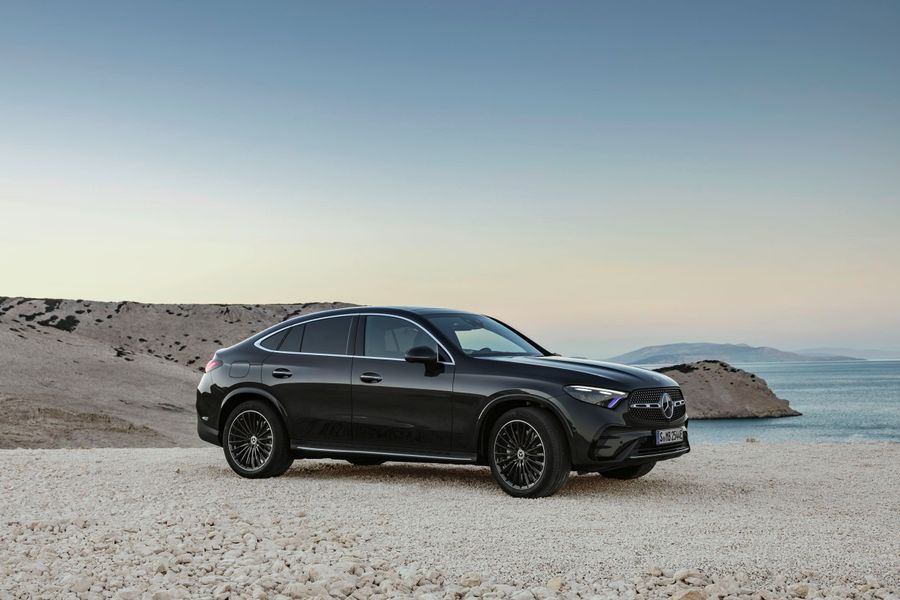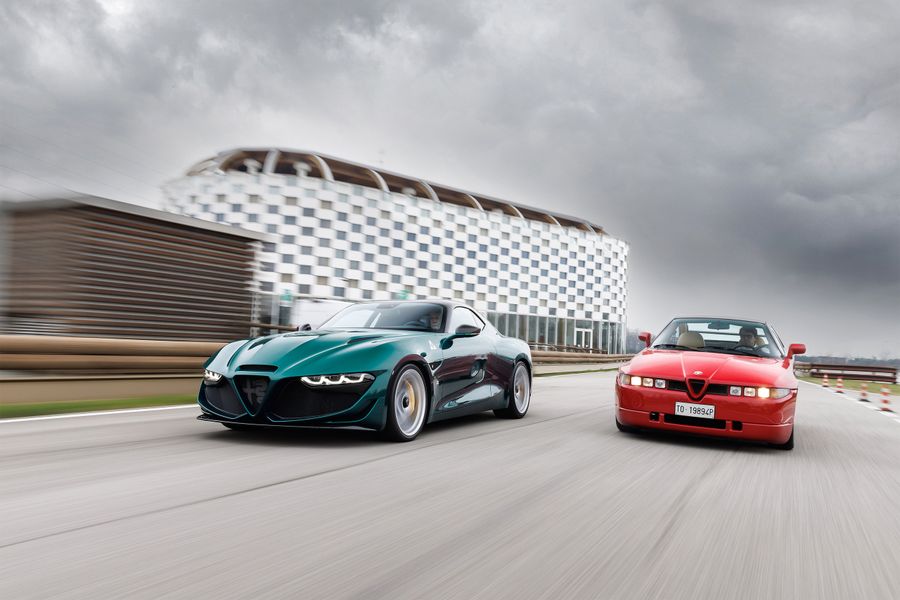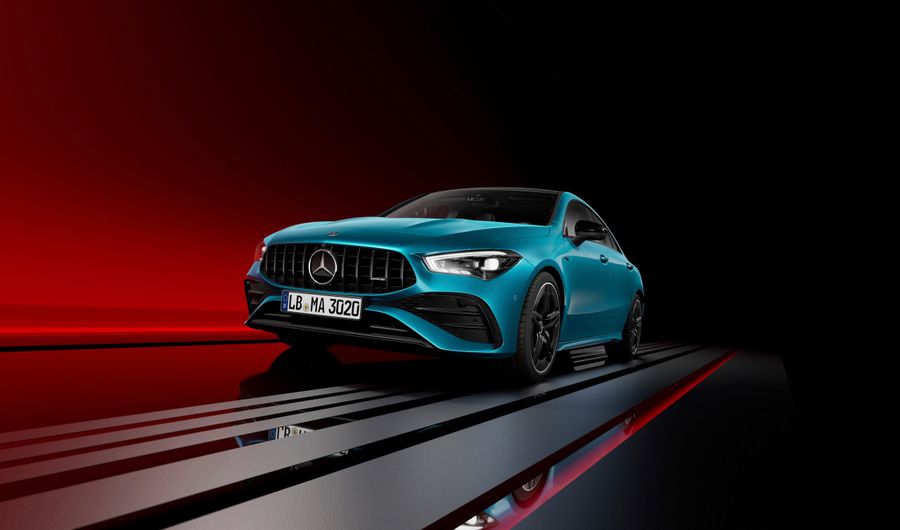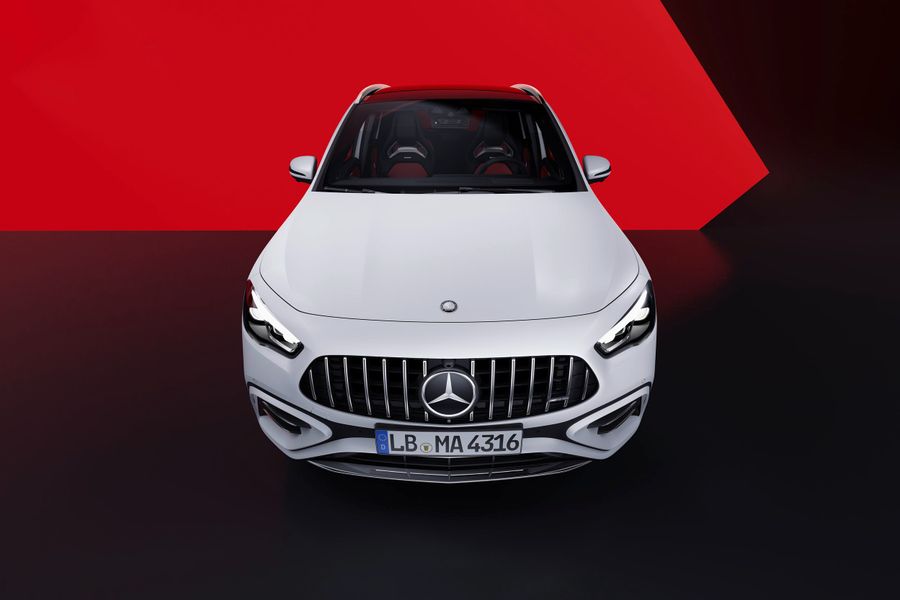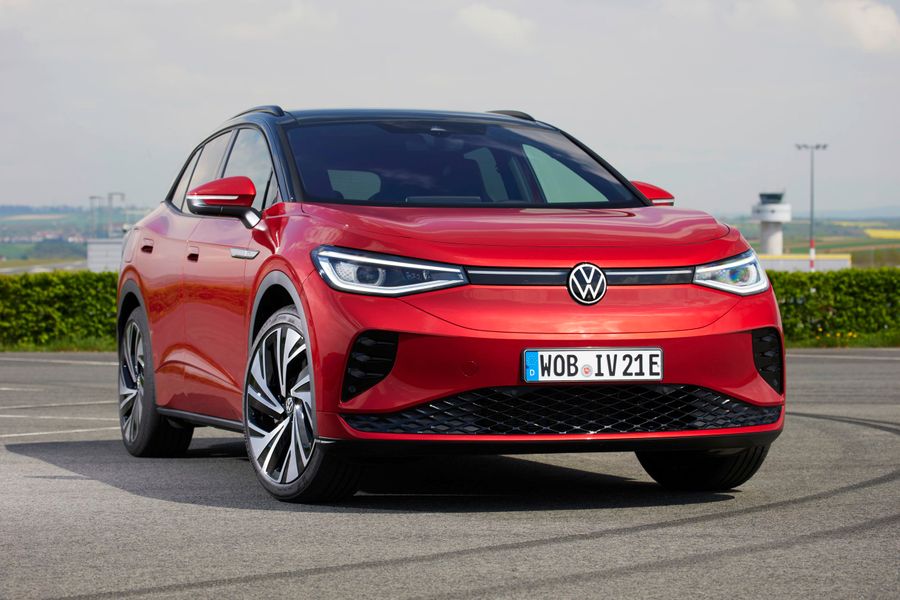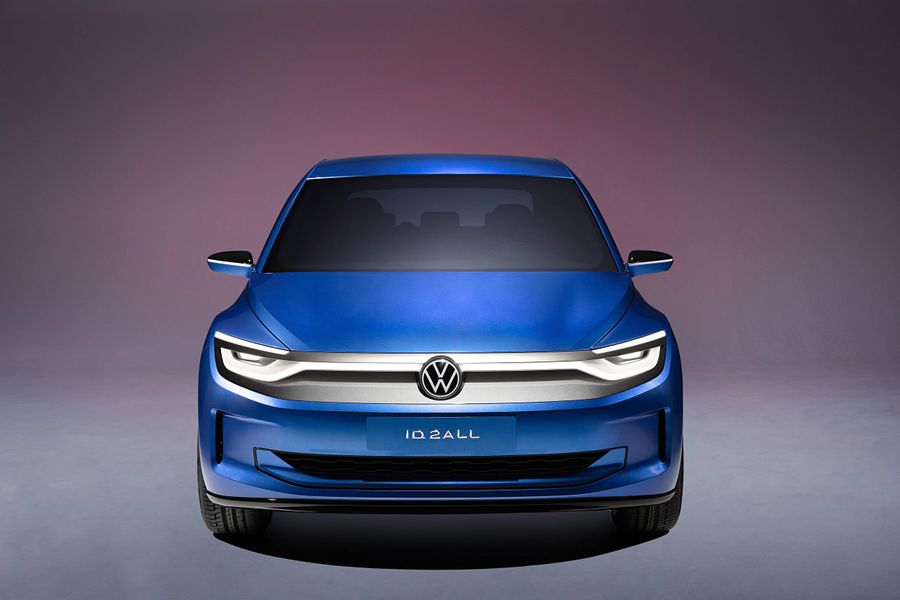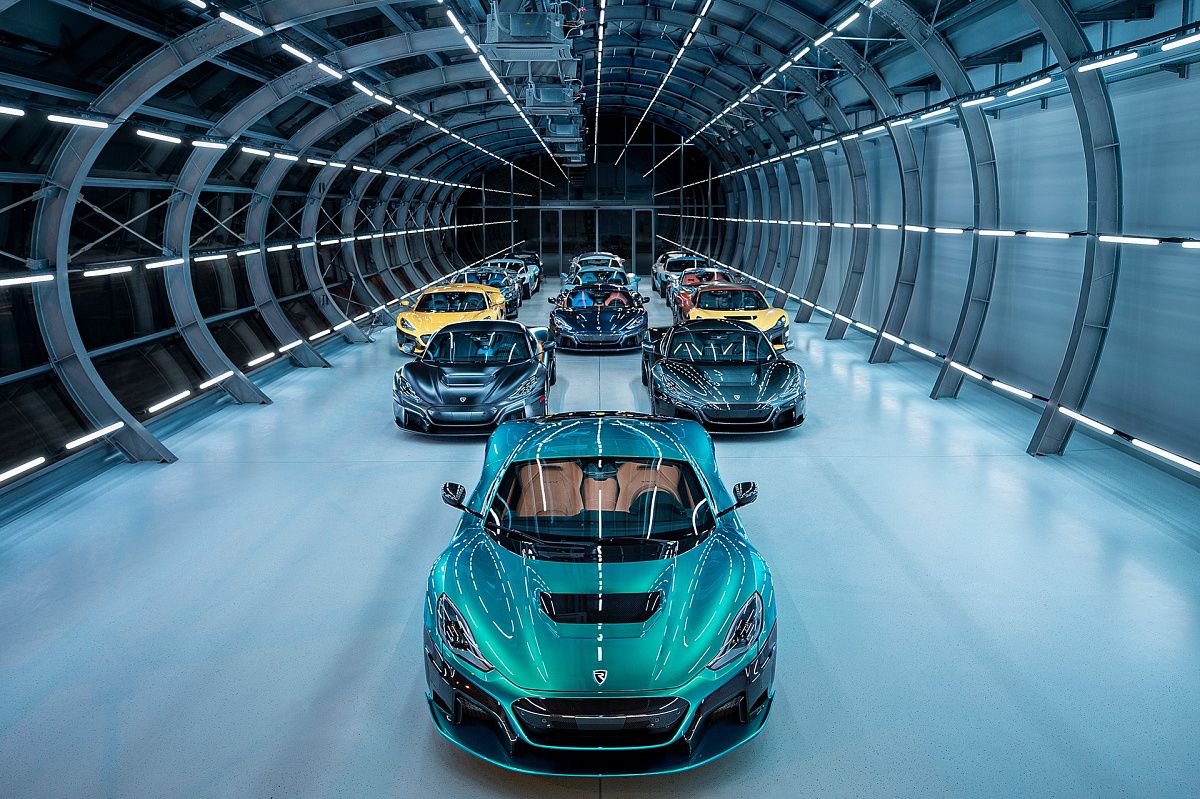
Rimac. Faster, higher, stronger
Rimac (Rimac Automobili d. o. o.) is a Croatian automobile company, located in Sveta Nedelja (near Zagreb). It specializes in the development and manufacture of electric vehicles, transmissions and battery systems. The company was founded in 2009 by a young Croatian innovator and entrepreneur, Mate Rimac. The company’s first model, the Rimac Concept One 2-seater electric sports car, produced a total of 1,088 hp and accelerated from 0 to 100 km/h in 2.8 seconds, ultimately becoming not only the first electric supercar in the world, but also the world’s fastest electric car in 2013. The company’s newest model to date, the Rimac Nevera, which premiered in the summer of 2021, set a world speed record (412 km/h) for production electric vehicles in November 2022. And in 2021, a small Croatian company, which was considered only a promising startup a few years ago, [bought the legendary Bugatti brand, which has produced some of the most powerful, fastest and most expensive cars in the world over the past two decades. Rimac, like a true athlete, adheres to the Olympic motto “Faster, Higher, Stronger”. We wish them much success in all their projects and competitions! And at the same time, let’s try to understand how startups turn into world-renowned companies.
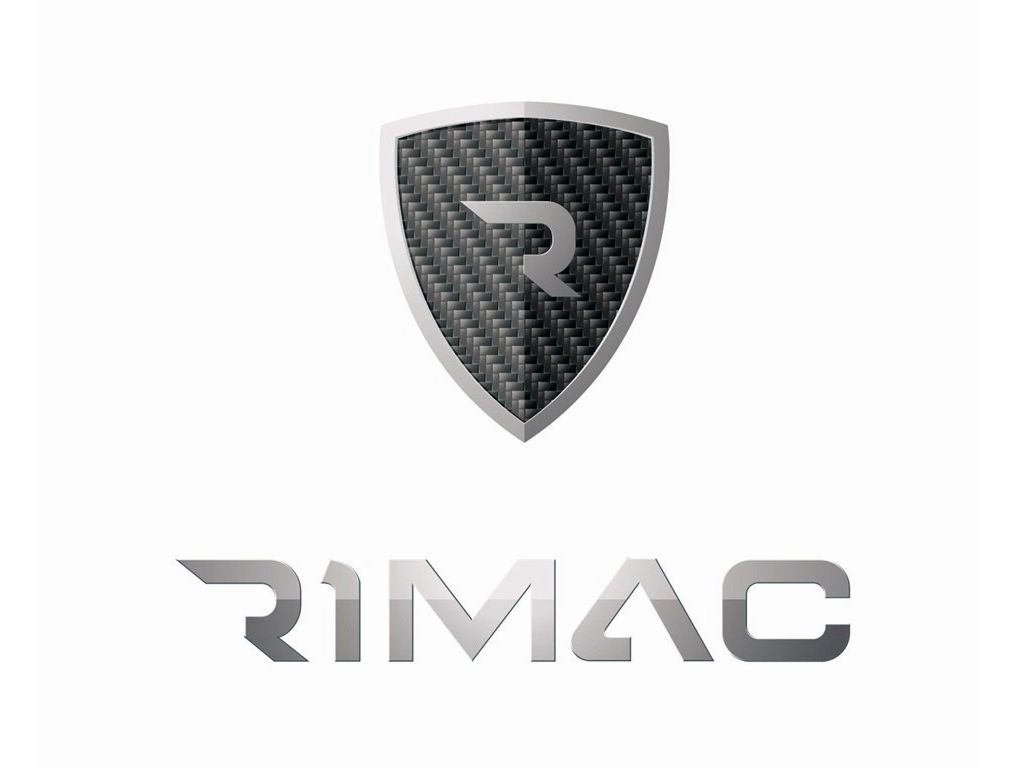
The motto of the Olympic Games is made up of the Latin words “Citius, altius, fortius”, literally meaning “Faster, higher, stronger”. In 2021, the International Olympic Committee added another word “communiter” (“together”) to them.
‘The Elon Musk of the Balkans’
Today, Rimac Automobili founder, Mate Rimac, heads the newly merged Bugatti Rimac and is considered one of the most influential people in the European automotive industry. But this guy is only 34 years old! Moreover, he founded his company not in a country with a developed automobile industry such as Germany, France or Italy, but in Croatia, which until recently experienced the upheavals related to the breakup of Yugoslavia and a series of Balkan wars. So who is this Mate Rimac and why is he already ‘the Elon Musk of the Balkans’?
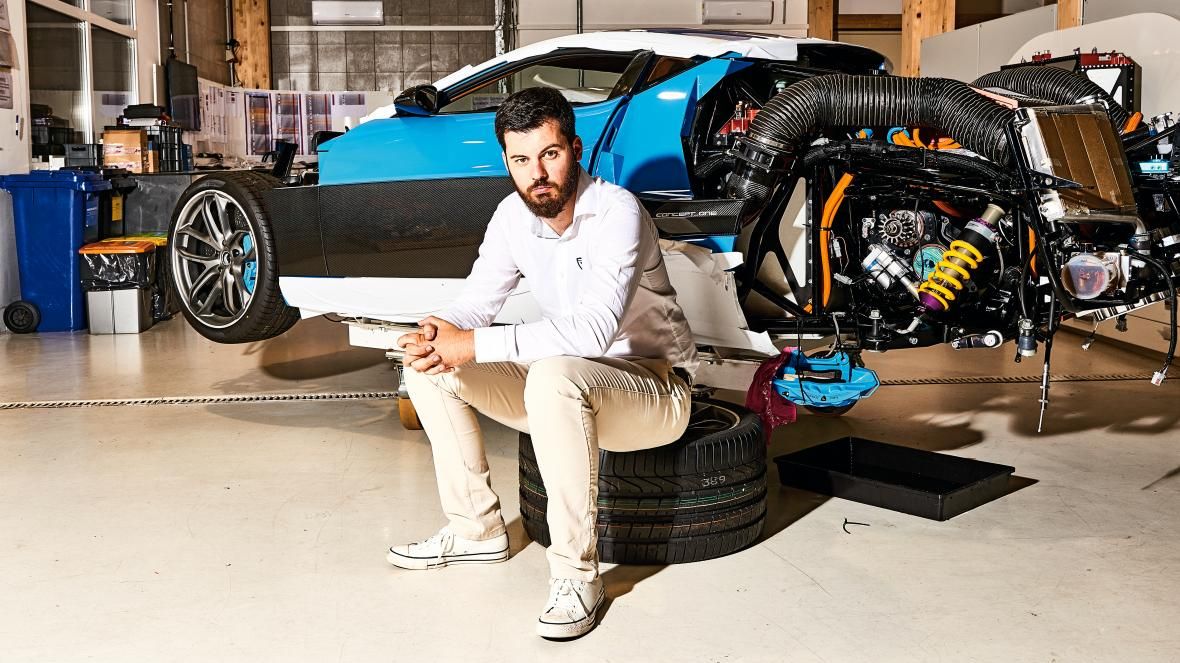
Mate was born in the Yugoslav city of Livno (today located in Bosnia and Herzegovina) in 1988. 3 years later, his family moved to Germany, to Frankfurt, fleeing the Yugoslav war. And in 2000, they moved again, already to Croatia, settling in the town of Samobor, where Rimac’s father founded a small real estate agency. Moving to a new place was difficult, which Mate has spoken about more than once in interviews, it was difficult to adapt and his classmates often made fun of him for his Bosnian accent. Perhaps this is what prompted the boy to spend more time in his father’s garage, working on his own projects, and at the same time participating in national electronics and innovation competitions, then to represent Croatia in the world.
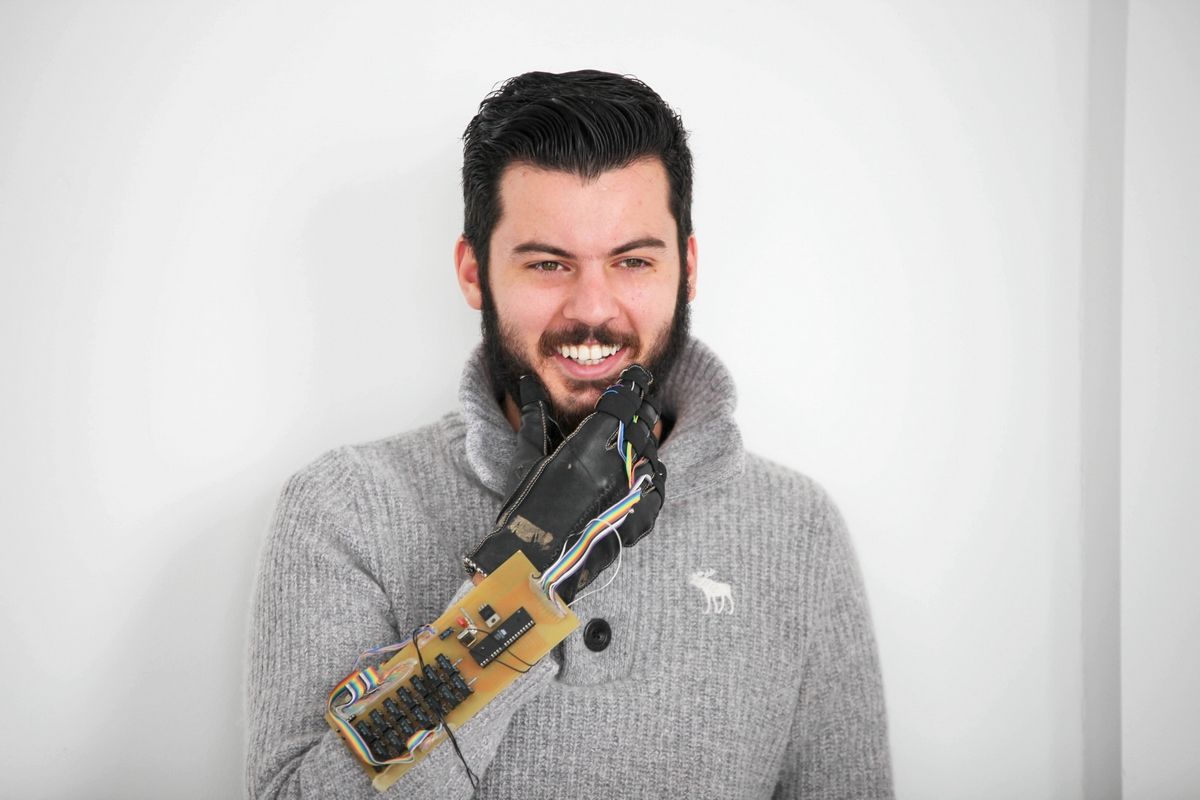
From his school years, Mate showed himself as an innovator. While still in high school, he invented a device that replaced the computer keyboard and mouse, a glove with sensors called iGlove. Later, Mate and a team of like-minded people created a blind spot monitoring system for car mirrors, calling it Active Mirror System. In 2006, the system received an award at the iENA International Trade Fair. Thus, at the age of 18, Rimac already had two international patents for his inventions. The young inventor has received numerous awards at international competitions in the field of electronics and innovation. In 2007, he completed a course at the University of Applied Sciences in Werne (Germany). In 2010, he graduated from the University of Zagreb and became a holder of a bachelor’s degree in entrepreneurial management.
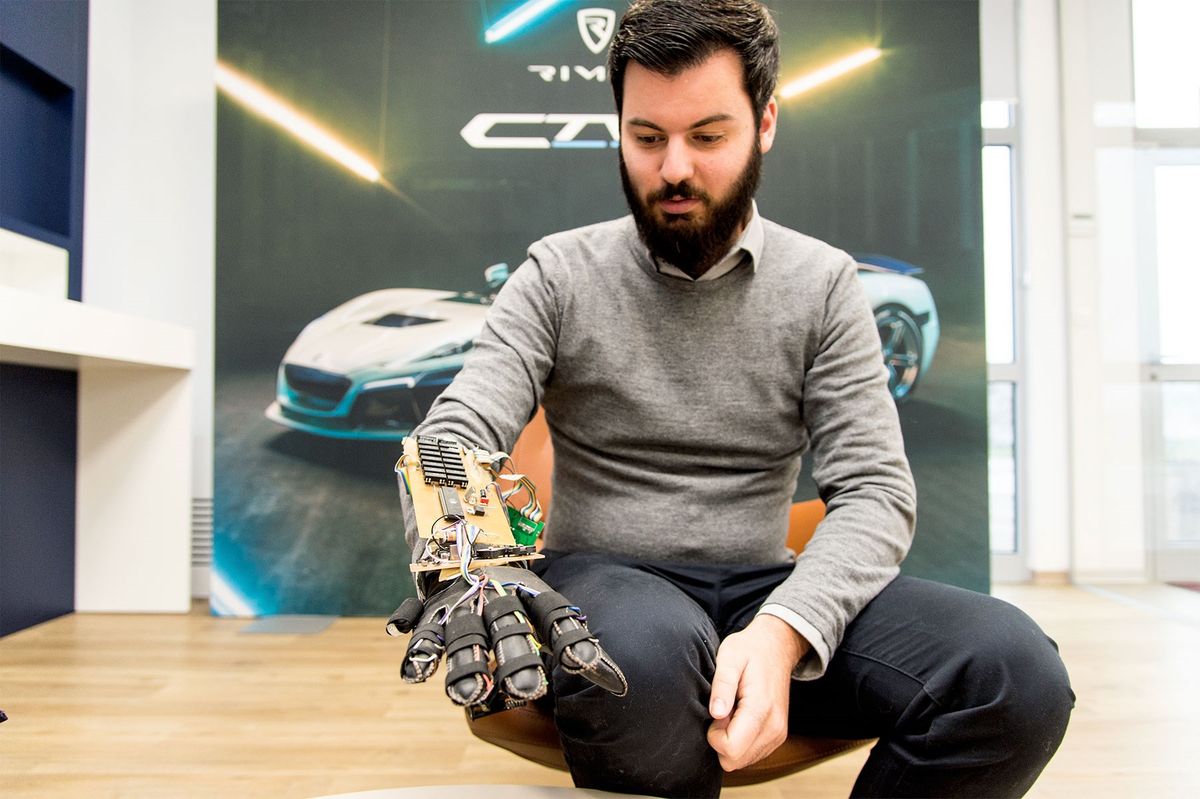
At just 19, Rimac started building his first electric car, and at 34 he took over as head of the newly merged Bugatti Rimac company and is considered one of the most influential people in the European automotive industry
The youthful passion for cars did not stop there. Mate had dreamed of entering the world of motor racing all his life, so in 2006, at the age of 19, he bought himself a 1984 BMW 323i E30 for one of his first fees to participate in amateur motor racing. But after the gas engine exploded during one of the races, Mate realized he was in serious trouble. Replacing an engine was very expensive, and motorsport as a whole started to look like a very expensive pleasure. Then Rimac decided to redo his own car and, inspired by the innovations of his compatriot and idol, Nikola Tesla, created an electric car based on a BMW! By the way, back then, Tesla was still a very young and unknown start-up, and did not define any trend for the electrification of vehicles.
And again he faced ridicule, only now from racers who said Rimac was bringing a ‘washing machine’ to the race track. But that didn’t stop him and he continued to work on his project in his father’s garage. Within a few years, the electric coupe accelerated from 0 to 100 km/h in 3.3 seconds, developing a top speed of 280 km/h. As early as its 20th birthday, Rimac’s name appeared in the official documents of the International Automobile Federation FIA as the creator of the fastest electric car in the world. It happened back in 2008, when Tesla built its first Model S prototypes. In fact, Musk should have already admitted that his electric cars aren’t the fastest in the world. After all, since then, it’s precisely because of Rimac that they haven’t become one, at least not yet.
The Tesla Model S Plaid is a high-performance version of the flagship Model S electric sedan, the fastest electric car in the history of the company. The top speed of the sedan is about 320 km/h, while acceleration from 0 to 100 km/h occurs in about 2 seconds.
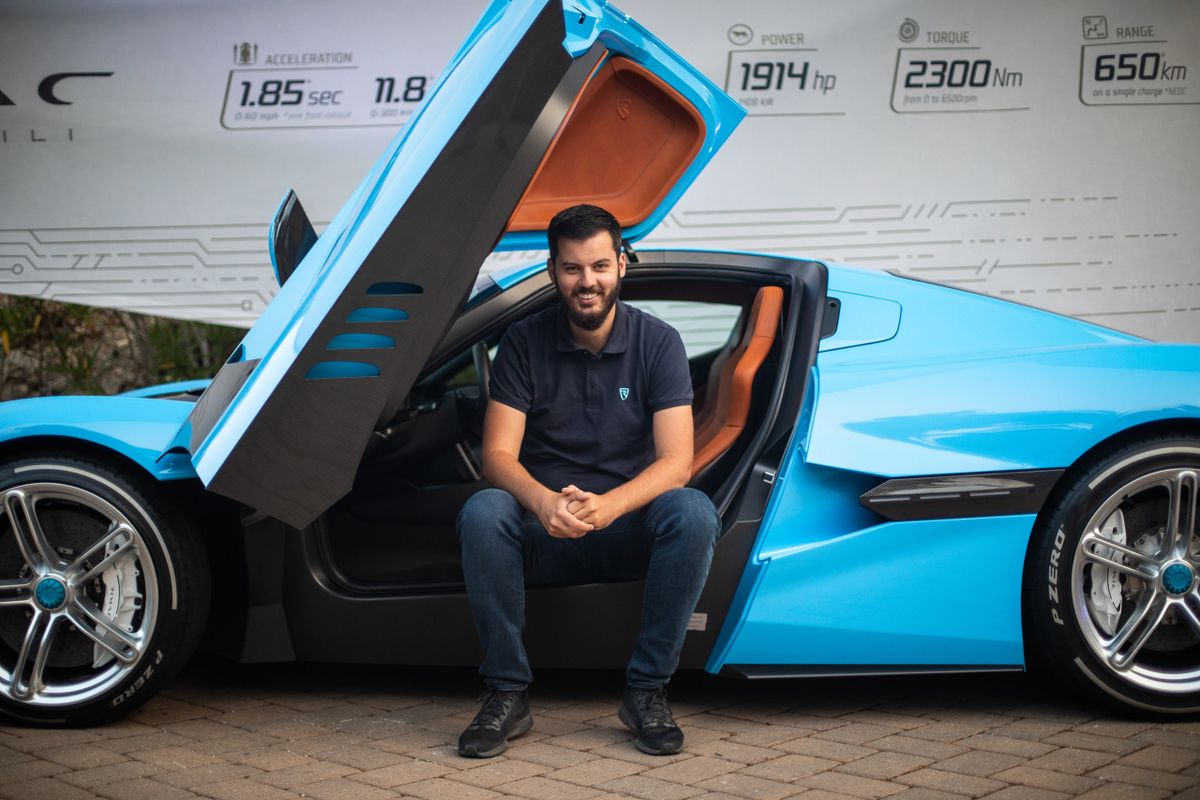
In 2009, the 21-year-old Rimac registered Rimac in Croatia, doing what he does best, developing high-tech components for electric and hybrid cars. And since he was already quite well known in the restricted circles of specialists in this field, he even managed to attract investors. However, in subsequent years, the Rimac company not only engaged in the development of engineering solutions, but also built its own electric vehicles. And in 2017, Mate was awarded the title ‘Croatian Entrepreneur of the Year’ and included in the Forbes TOP-30 rating. On November 2, 2021, it was solemnly announced that the companies Bugatti and Rimac had been successfully merged into Bugatti Rimac with headquarters in Croatia. The new joint venture is 45% owned by Porsche AG and 55% by the Croatian company Rimac Group.
Supercars faster than Tesla models
Rimac Concept One
In 2011, the 23-year-old Rimac, together with a team of like-minded people, presented the first Rimac Concept One electric hypercar at the Frankfurt Motor Show. The characteristics of the car were impressive: weighing 1,850 kg and producing 1,088 hp, the car accelerated from 0 to 100 km/h in 2.8 seconds and developed a maximum speed of over 300 km/h. The battery capacity of 92 kWh offers the possibility of traveling up to 600 km without recharging. The batteries were located in the floor, along with all the other heavy engine components, to achieve a low center of gravity. Yes, in the end, only 8 of these cars were built, but they amazed even Richard Hammond, a presenter of the legendary show Top Gear, who lost control of the Concept One while filming the show in Switzerland in 2017: Hammond survived, but the car was completely burned. It was after a successful start that Rimac secured engineering services contracts for Aston Martin, Renault, Jaguar and Porsche, and later also for Hyundai and Kia.
Rimac Concept S
The Concept S is a lighter, more powerful and more aerodynamic upgraded version of the Concept One. Electric motors have already generated a total of 1,384 hp, acceleration from 0 to 100 km/h occurred in 2.5 seconds, the maximum speed increased to 365 km/h.
Rimac C_Two
In 2018, Rimac presented a prototype of its second model called C_Two. This car had impressive, even shocking characteristics. The electric motors produced a total of 1,914 hp, while the acceleration to 100 km/h occurred in 1.9 seconds, and the maximum speed reached 412 km/h. Thus, the C_Two proved to be faster than the Bugatti Chiron which debuted a year earlier! Yes, the C_Two was still a prototype at the time, but in less than 2.5 years it transformed into a production Rimac Nevera hypercar, now accelerating from 0 to 100 km/h in 1.85 seconds!
Rimac Nevera
Unlike the Concept One, the Nevera is a production car. A factory in Croatia will produce at least 150 cars, each of which will cost more than 2 million euros. The premiere of the Rimac Nevera series took place in the summer of 2021, and in November 2022, the hypercar set a world speed record for production electric vehicles, accelerating to 412 km/h. The Nevera is equipped with four electric motors, producing a total of 1,914 forces and 2,360 Nm. The 120 kWh battery pack is integrated into the carbon fiber monocoque structure. The Rimac Nevera accelerates from 0 to 100 km/h in 1.97 seconds, and it takes the car 9.3 seconds to accelerate up to 300 km/h in.


